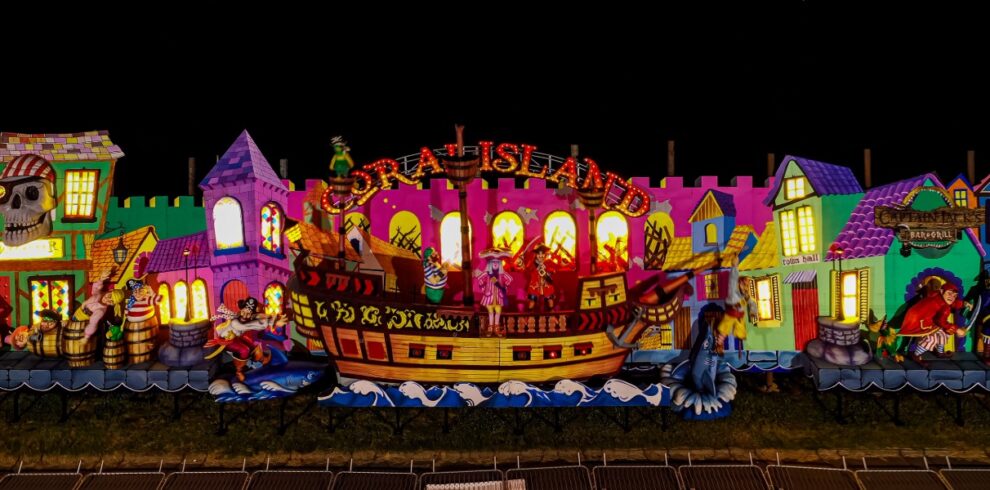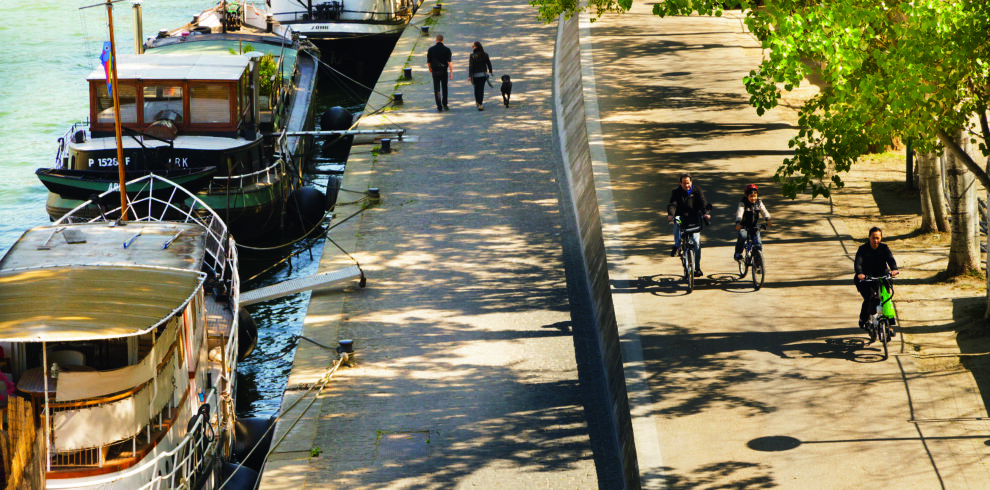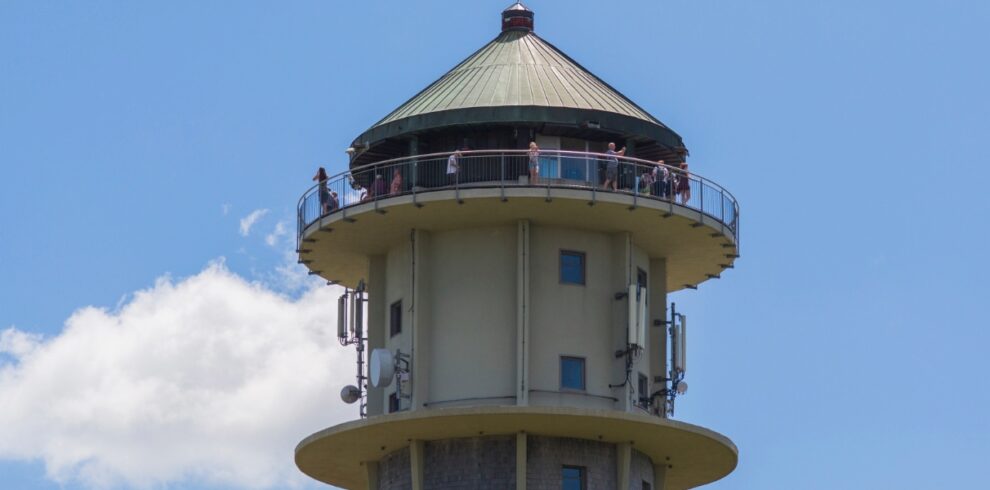Destination Information
Folkestone
Sunny Sands Beach: One of the few sandy beaches in Kent, ideal for families, swimming, and sandcastle-building. It’s tucked beside the harbour, offering easy access to cafes and amusements.
Lower Leas Coastal Park: A beautifully landscaped clifftop park that slopes down to the sea, featuring themed gardens, a natural amphitheatre for open-air performances, and the largest free adventure play area in the Southeast.
The Leas Promenade: A tree-lined Victorian promenade on the clifftop offering stunning views of the English Channel, often extending to France on clear days. It’s ideal for scenic walks and is dotted with sculptures and historic shelters.
🎨 Creative Quarter
Folkestone’s Creative Quarter is the heartbeat of its modern identity:
Nestled in the old town around The Old High Street, it’s a winding cobbled hill full of independent galleries, artisan shops, craft studios, and quirky cafes.
The area is home to over 100 creative businesses, fostered by the Creative Foundation, which has turned Folkestone into an urban regeneration success story.
Notable venues include the Quarterhouse (a performing arts venue), and Folkestone Artworks, the UK’s largest urban outdoor contemporary art exhibition, featuring pieces by Antony Gormley, Tracey Emin, and Yoko Ono.
🏛️ Heritage & History
Folkestone has a deep maritime and military history:
Folkestone Harbour Arm: Once a working ferry port, it has been transformed into a promenade lined with pop-up food stalls, seafood shacks, boutique bars, and live music spaces. The renovated Signal Box bar and the Lighthouse Champagne Bar are local favorites.
The Folkestone Harbour Railway Viaduct: Recently reopened as a pedestrian route, it connects the town to the Harbour Arm and offers historical insight into Folkestone’s role in both World Wars.
Step Short Memorial Arch commemorates the millions of troops who passed through Folkestone on their way to the front during WWI.
Battle of Britain Memorial at Capel-le-Ferne, just outside Folkestone, honors RAF pilots and features interactive exhibits with sweeping cliff-top views.
Ostend
Ostend, often referred to as the “Queen of Belgian Seaside Resorts,” is a lively coastal city with a rich maritime history and a vibrant cultural scene. Located on the North Sea, it is renowned for its sandy beaches, fresh seafood, and a blend of historic and modern attractions.
One of Ostend’s major draws is its stunning promenade, the Albert I Promenade, which runs along the seafront, offering beautiful views of the sea, charming cafés, and beachside restaurants. The city’s long and sandy beaches make it an excellent destination for relaxation, with opportunities for beach sports and leisurely walks.
History enthusiasts will appreciate the Atlantic Wall Open Air Museum, a preserved section of World War II fortifications, offering insight into Belgium’s wartime history. Another fascinating site is the Mercator, a historic training ship turned museum, where visitors can explore the beautifully restored interiors of this legendary vessel.
Art lovers will enjoy a visit to Mu.ZEE, which houses a collection of Belgian art from the 19th century to contemporary pieces. The Ensor House, dedicated to James Ensor, one of Belgium’s most famous painters, allows visitors to explore his home and studio, gaining insight into his artistic genius.
For those looking to venture beyond Ostend, the Coastal Tram is an excellent way to explore nearby seaside towns. Running along the entire Belgian coast, the tram allows visitors to discover picturesque locations such as De Panne, known for its nature reserves, and Knokke, famous for its upscale boutiques and art galleries.
With its mix of history, culture, and seaside charm, Ostend offers a unique and memorable experience for travellers looking to enjoy the best of Belgium’s coastline.
Hastings
Hastings Castle: Perched on a cliff with sweeping views of the English Channel, Hastings Castle was built by William the Conqueror shortly after the Norman invasion. Although partially in ruins, it offers fascinating insights into medieval England and serves as a dramatic reminder of the town’s strategic importance.
Old Town Hastings: The Old Town is a maze of narrow, winding streets known as “twittens,” lined with half-timbered houses, antique shops, quirky boutiques, and independent cafés. George Street is the heart of the Old Town and perfect for leisurely exploration.
Hastings Fishermen’s Museum & Net Shops: The town has a long fishing heritage, and you can see the unique black wooden Net Shops—tall, narrow sheds used to dry fishing nets. The museum, housed in a former chapel, offers artifacts and photographs of Hastings’ maritime past.
2. Attractions and Activities
Hastings Pier: Once destroyed by fire, Hastings Pier has been beautifully restored and won the RIBA Stirling Prize for architecture in 2017. It hosts seasonal events, food vendors, live music, and is a great spot for panoramic sea views.
Smugglers Adventure: Located in St. Clements Caves, this family-friendly attraction takes visitors through the hidden world of 18th-century smugglers with interactive exhibits and atmospheric storytelling.
Hastings Contemporary: A striking modern art gallery near the seafront showcasing contemporary British art, with regular rotating exhibitions from acclaimed artists.
Blue Reef Aquarium: Perfect for families, this aquarium introduces visitors to marine life ranging from local species to tropical fish and reptiles.
3. Nature and Outdoor Experiences
Hastings Country Park: Spread over 850 acres, this park offers dramatic coastal scenery, clifftop walks, and views of the English Channel and even France on clear days. It’s rich in wildlife and a peaceful retreat from the town center.
Seafront and Beaches: Hastings Beach is a mix of shingle and sand at low tide. The promenade is ideal for walking or cycling, lined with art installations, cafes, and traditional amusements.
East Hill and West Hill Lifts: Victorian funicular railways that take you up the steep cliffs flanking the Old Town. East Hill leads to the Country Park; West Hill gives access to Hastings Castle and sweeping coastal views.
4. Food and Drink
Fresh Seafood: Hastings still has a working fishing fleet, so local seafood is plentiful. Try a portion of fish and chips at the seafront, or head to Rock-a-Nore for oysters and freshly caught fish.
Independent Cafés and Pubs: The Old Town and central Hastings are packed with cozy cafés, quirky pubs, and artisanal bakeries.
Modern Dining: Restaurants such as The Crown and Maggie’s Fish & Chips have gained regional fame for their quality and charm.
5. Shopping
Old Town Boutiques: Antiques, vinyl records, vintage clothing, and handmade goods abound in the boutiques of George Street and High Street.
Hastings Market and Priory Meadow: For more mainstream shopping, the town center offers chain stores and local markets selling produce, crafts, and secondhand goods.





